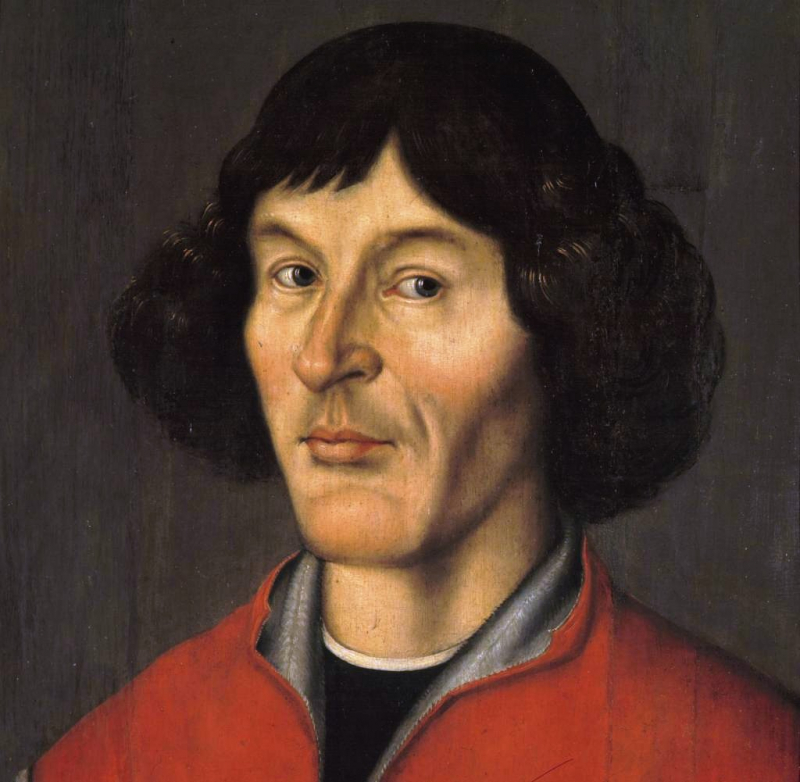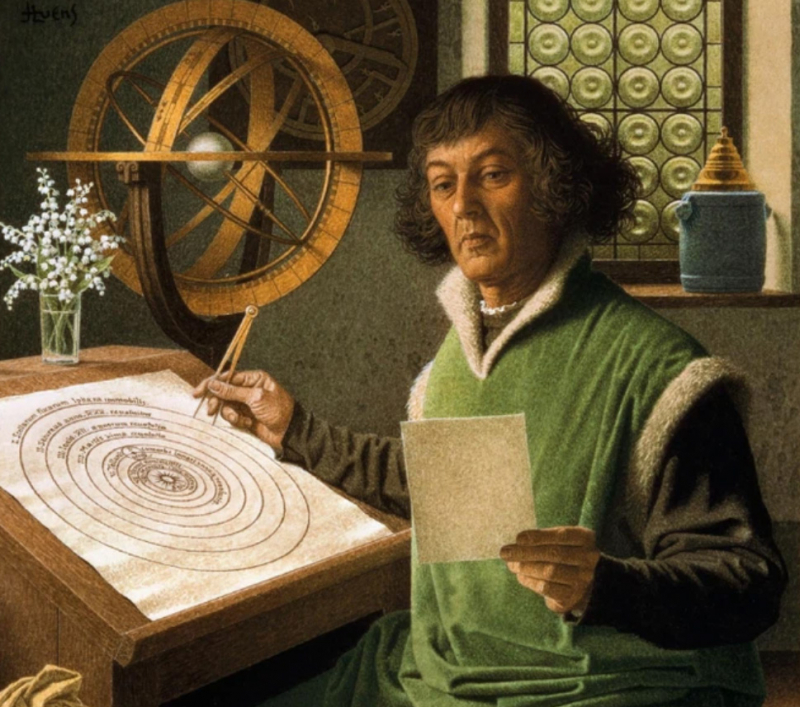Nicolaus Copernicus
Nicolaus Copernicus (19 February 1473 - 24 May 1543) was a Renaissance polymath who formulated a model of the universe that placed the Sun rather than the Earth at its center. Copernicus most likely developed his model independently of Aristarchus of Samos, an ancient Greek astronomer who had developed a similar model eighteen centuries earlier. He is among the most important historical figures in Poland.
The publication of Copernicus' model in his book De revolutionibus orbium coelestium (On the Revolutions of the Celestial Spheres) shortly before his death in 1543 was a watershed moment in scientific history, sparking the Copernican Revolution and making a significant contribution to the Scientific Revolution.
Copernicus was born and died in Royal Prussia, which had been a part of Poland's Kingdom since 1466. He was a polyglot and polymath who was a mathematician, astronomer, physician, classics scholar, translator, governor, diplomat, and economist. He was a Warmian Cathedral chapter canon beginning in 1497. In 1517, he developed a quantity theory of money, a key concept in economics, and in 1519, he developed an economic principle that became known as Gresham's law.
Copernicia was named after Copernicus, a genus of palm trees native to South America and the Greater Antilles, in 1837. The leaves of some species are coated with a thin layer of wax known as carnauba wax.
The Nicolaus Copernicus Monument in Warsaw, designed by Bertel Thorvaldsen (1822) and completed in 1830, and Jan Matejko's 1873 painting, Astronomer Copernicus, or Conversations with God, honor Copernicus.
Copernicus University in Toru, Warsaw's Copernicus Science Centre, Copernicus Hospital in Poland's third largest city, Łódź, and Wrocław International Airport (Copernicus Airport Wrocław) are all named after Copernicus. The Foundation for Polish Science and the German Research Foundation have established the Copernicus Award to promote Polish-German scientific cooperation.










